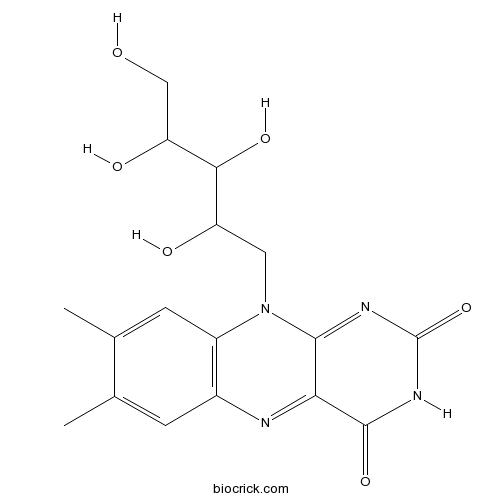Durio zibethinus
Durio zibethinus
1. The products in our compound library are selected from thousands of unique natural products; 2. It has the characteristics of diverse structure, diverse sources and wide coverage of activities; 3. Provide information on the activity of products from major journals, patents and research reports around the world, providing theoretical direction and research basis for further research and screening; 4. Free combination according to the type, source, target and disease of natural product; 5. The compound powder is placed in a covered tube and then discharged into a 10 x 10 cryostat; 6. Transport in ice pack or dry ice pack. Please store it at -20 °C as soon as possible after receiving the product, and use it as soon as possible after opening.
Natural products/compounds from Durio zibethinus
- Cat.No. Product Name CAS Number COA
-
BCN2224
Riboflavine83-88-5
Instructions

Metabolic variation in the pulps of two durian cultivars: Unraveling the metabolites that contribute to the flavor.[Pubmed: 30064738]
Durian (Durio zibethinus M.) is a major economic fruit crop in Thailand. In this study, two popular cultivars, namely Chanee and Mon Thong, were collected from three orchards located in eastern Thailand. The pulp metabolome, including 157 annotated metabolites, was explored using capillary electrophoresis-time of flight/mass spectrometry (CE-TOF/MS). Cultivars and harvest years had more impact on metabolite profile separation than cultivation areas. We identified cultivar-dependent metabolite markers related to durian fruit quality traits, such as nutritional value (pyridoxamine), odor (cysteine, leucine), and ripening process (aminocyclopropane carboxylic acid). Interestingly, durian fruit were found to contain high amounts of γ-glutamylcysteine (810.3 ± 257.5 mg/100 g dry weight) and glutathione (158.1 ± 80.4 mg/100 g dry weight), which act as antioxidants and taste enhancers. This metabolite information could be related to consumer preferences and exploited for durian fruit quality improvement.
Floc behavior and removal mechanisms of cross-linked Durio zibethinus seed starch as a natural flocculant for landfill leachate coagulation-flocculation treatment.[Pubmed: 29370968]
This study investigated the behavior and mechanisms of cross-linked Durio zibethinus seed starch (CDSS) flocculants for landfill leachate treatment. A physical-chemical treatment method of coagulation-flocculation process and starch modification were implemented in treating stabilized leachate from Matang Landfill, Perak, Malaysia. In practical, the removal performance of color, COD, suspended solid and turbidity for CDSS flocculants were evaluated by combining with primary coagulant of polyaluminium chloride (PAC). In this study, the application of crosslinking modification for Durio zibethinus seed waste starch flocculants showed good improvement. The impurities removal for colour, COD, suspended solid and turbidity were increased by the addition of CDSS flocculants. Furthermore, the average size of the floc was also increased from 60.24 µm to 89.5 µm. Despite, the addition of CDSS flocculants produced a reduction of PAC coagulant from 2700 mg/L to 2200 mg/L, with 500 mg/L reduction on the PAC dosage dependency. Therefore, these results affirmed the potentials of crosslinked modification for Durio zibethinus seed waste starch flocculants in landfill leachate treatment.


